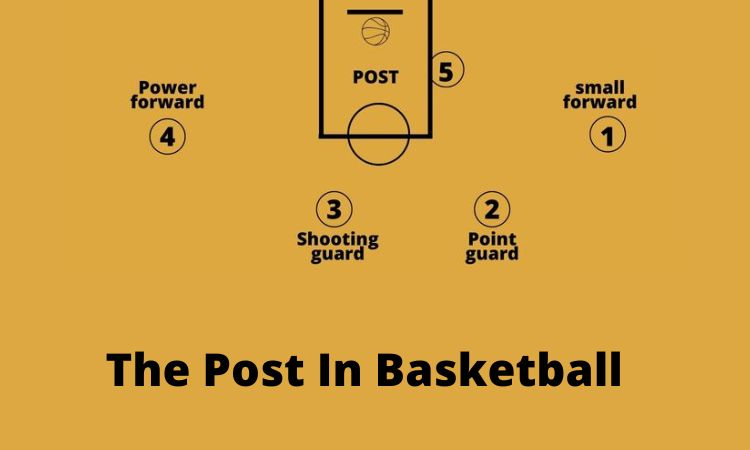The biggest pro of the Asics Blast FF 3 is the top-tier stability and support. Your foot sits low to the ground in the Blast FF 3 and is contained within the midsole. The shoe’s outsole features a lateral outrigger that ensures you can always remain flat on the bottom of the sneaker when pushing off side-to-side, and the TURNTRUSS plate makes sure your foot stays where it’s supposed to. Starting from the widest point on the outrigger, the TURNTRUSS is a hard plastic plate that runs along the lateral side of your foot, through and partially under the arch, and ends just before the shoe starts wrapping around to the back of the foot. The result is excellent lateral containment.
To summarize the above paragraph, when you are moving laterally, the Blast FF 3 makes sure that it stays flat and stable on the ground, and makes sure your foot stays perfectly in place within the footbed. When you hear talk about shoes providing ankle support, this setup is what is meant. High tops don’t protect your ankles, stability does.
The Blast FF 3’s TURNTRUSS plate also results in rigidity through the midfoot, meaning that it won’t bend or twist in ways that your foot shouldn’t. The arch is supported on both sides of the foot, so this shoe is an excellent choice for anyone that really needs torsional support in their volleyball footwear.
Traction
Traction is arguably the most important component in any shoe for any sport. For those of you that have played in Asics or read my other reviews, this should come as no surprise: The Blast FF 3 has excellent traction. Asics’ rubber compound is always soft and tacky, and that’s the case here. These shoes were sticky and responsive on both wood and plastic court floors. Asics volleyball shoes are always best-in-class for traction, and the Blast FF 3 is no exception.
Court Feel
The Asics Blast FF 3 feels great to move in on the court. Your foot sits low to the ground which is always helpful for feeling the court, which can assist with your coordination when moving around. The edge of the outsole is slightly rounded, which is crucial when taking your penultimate step in volleyball. That smooth transition helps you to safely transfer power through your approach and into your jump. The Blast FF 3 feels quick and responsive when playing, which is exactly what you want from a volleyball shoe.

Cons Cushion
The Asics Blast FF 3 is a great volleyball shoe, but it does have one flaw. All of that low-to-the-ground responsiveness comes at a cost: the cushioning. The midsole is Flytefoam, which is what Asics uses in all of their top-end volleyball shoes. In the Blast FF 3, however, there just isn’t enough of it. The cushioning doesn’t feel dead; you can still move quickly and jump high. But the impact protection just isn’t there.
When I wear these, they always feel great at first, and then after a while my feet and/or knees start to feel sore. To be fair, Asics does mention on its site that this shoe is meant for supporting powerful lateral movements, and not so much verticality. If you play an especially jumping-heavy position such as middle or a pin hitter who also attacks out of the back row, maybe look at another model.
 Asics Blast FF 3 Summary
Asics Blast FF 3 SummaryThe best way to think about the Jordan Tatum 1 is to focus on what you need most in a volleyball shoe. This is one of the most stable sneakers I have tested. Lateral movements, like those a defender or setter might make, feel quick and responsive. On the other hand, I probably wouldn’t tell a middle to buy these. If you’re not max jumping all the time when you play, the Asics Blast FF 3 is a great volleyball shoe and I’d recommend trying them out.



 The
The 




 The Jordan JT 1 fits true to size so go with whatever size you usually use with Jordan. However, it’s a rather narrow basketball shoe, so if you have wide feet, or if you have had issues with this type of fit in the past, keep that in mind.
The Jordan JT 1 fits true to size so go with whatever size you usually use with Jordan. However, it’s a rather narrow basketball shoe, so if you have wide feet, or if you have had issues with this type of fit in the past, keep that in mind.